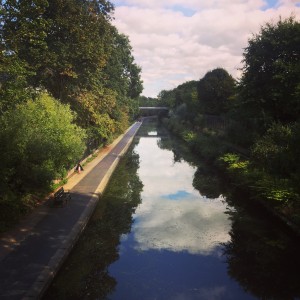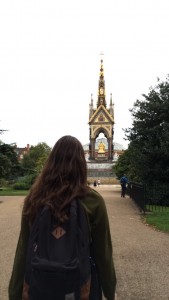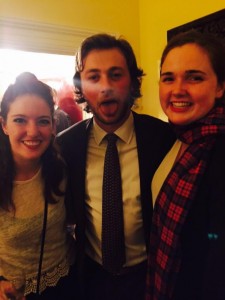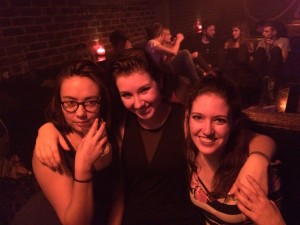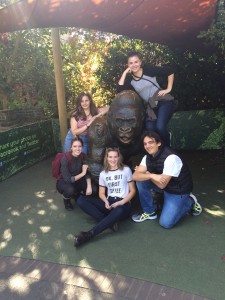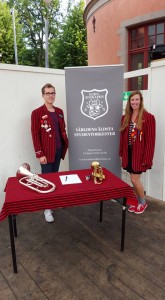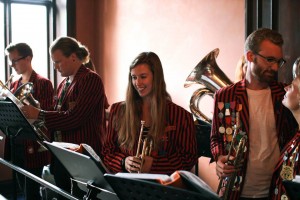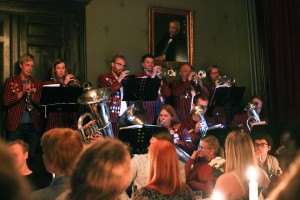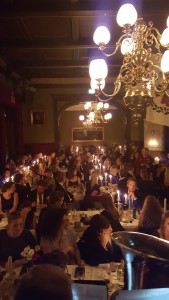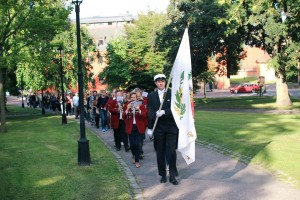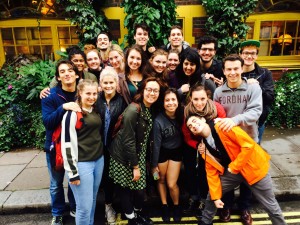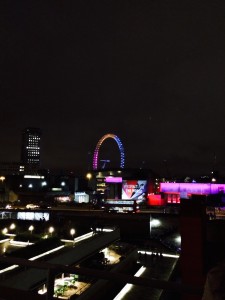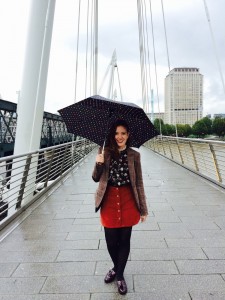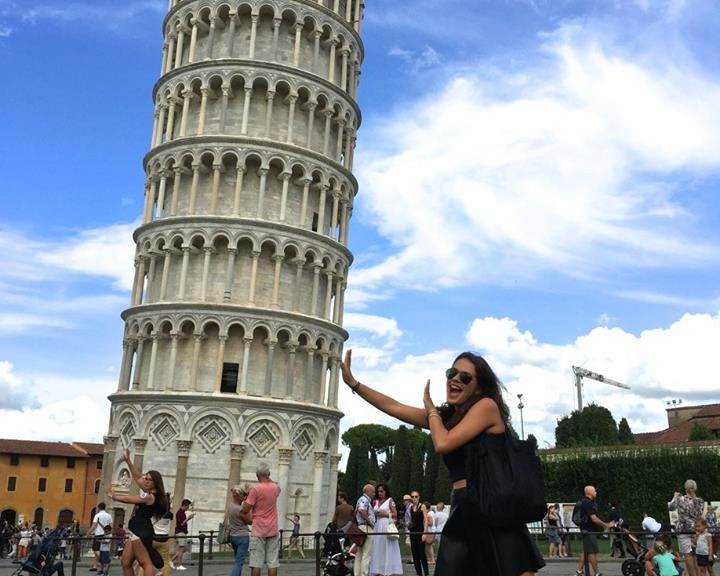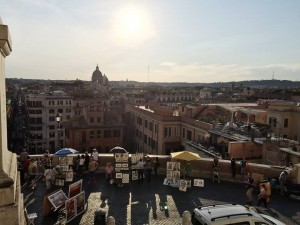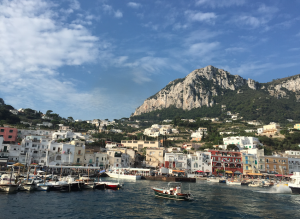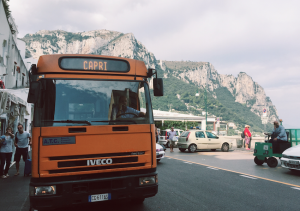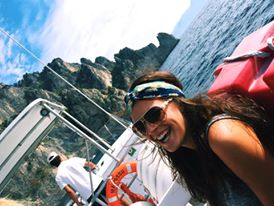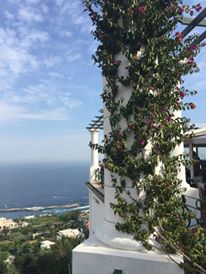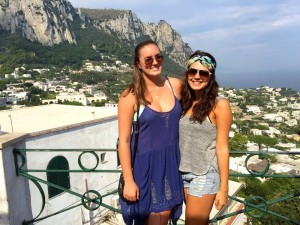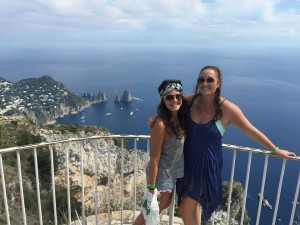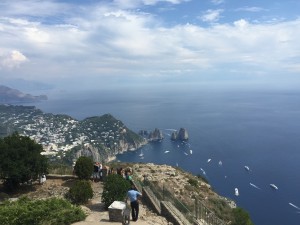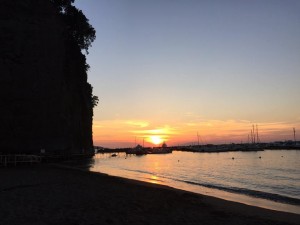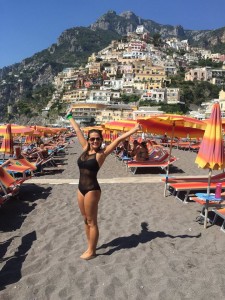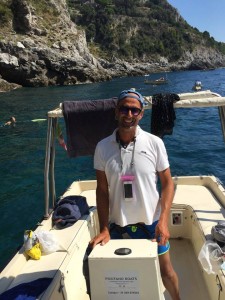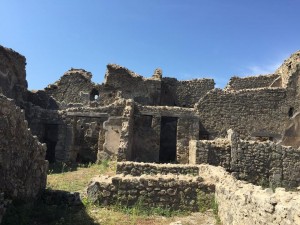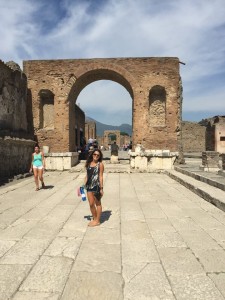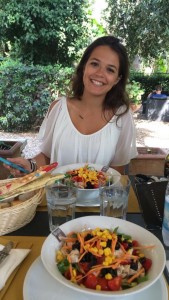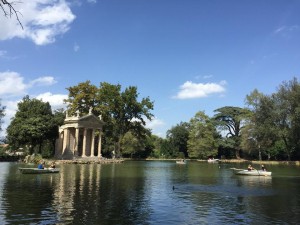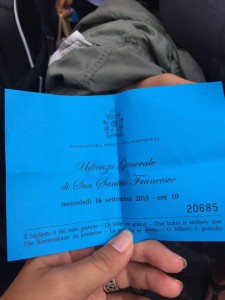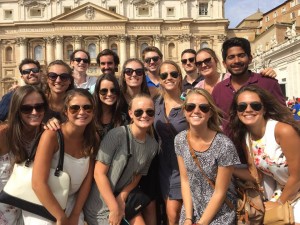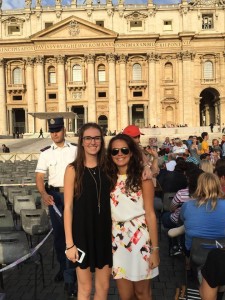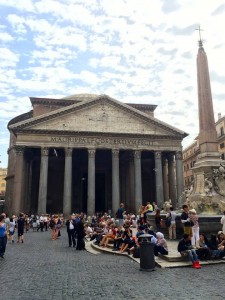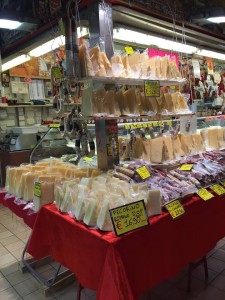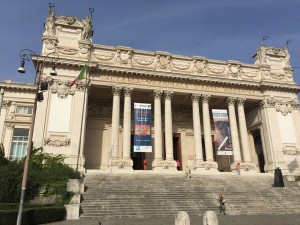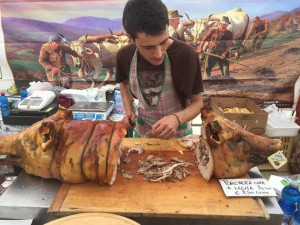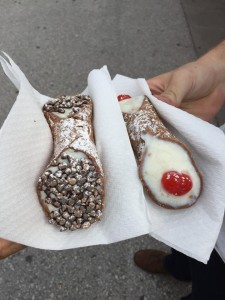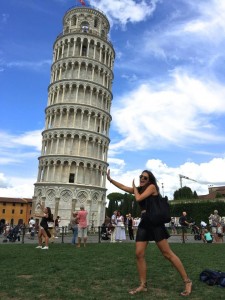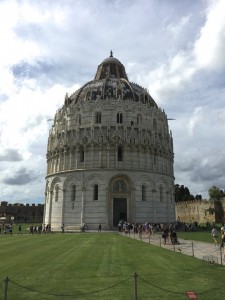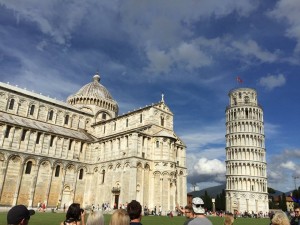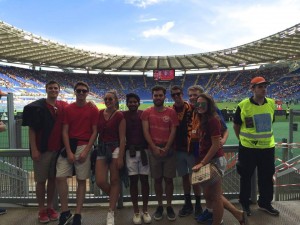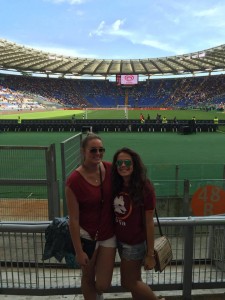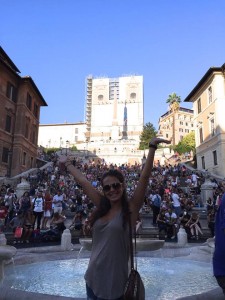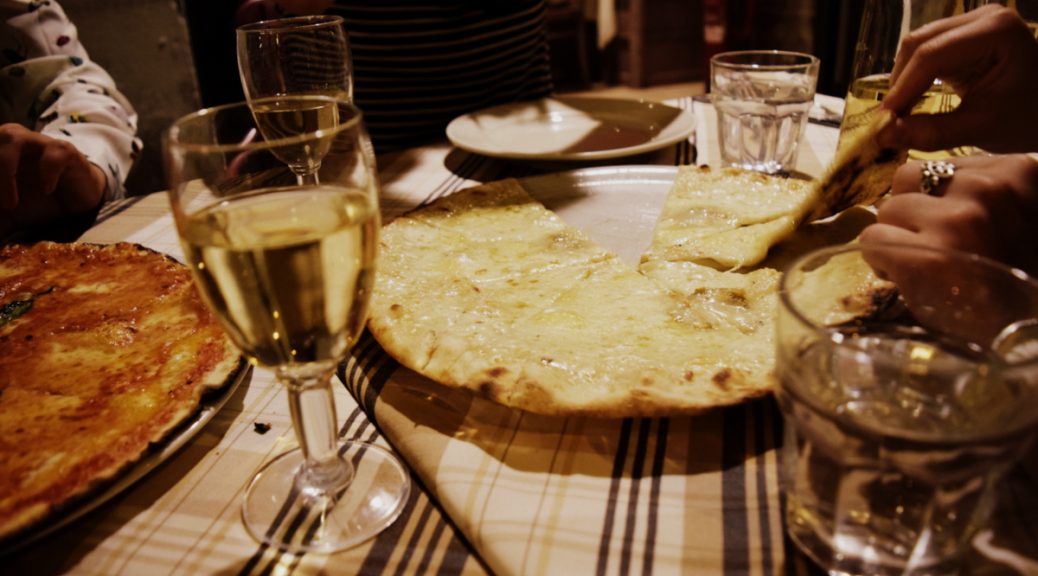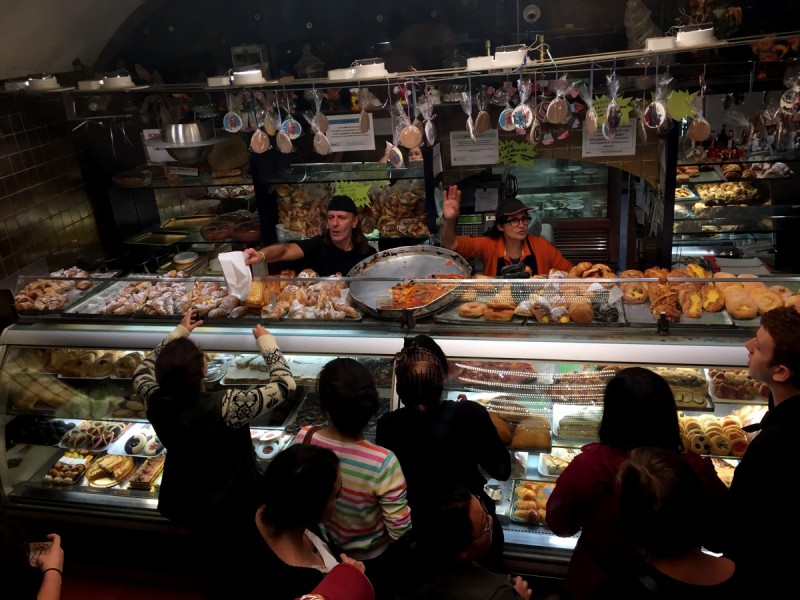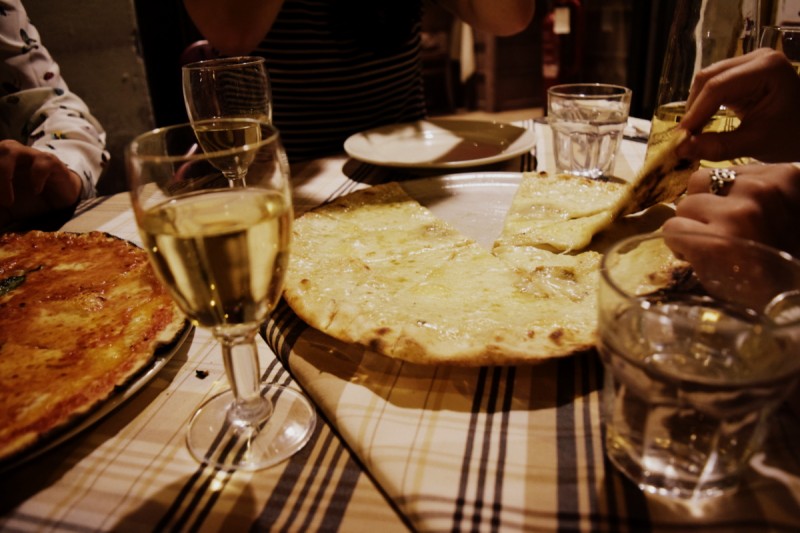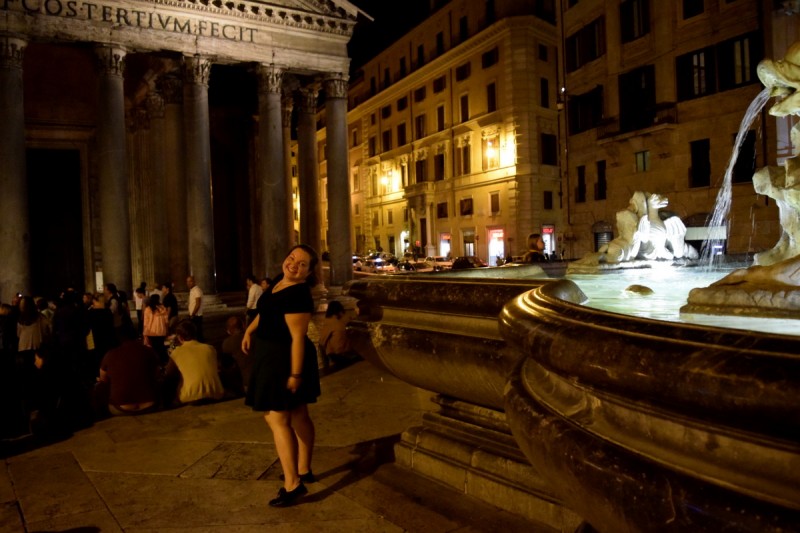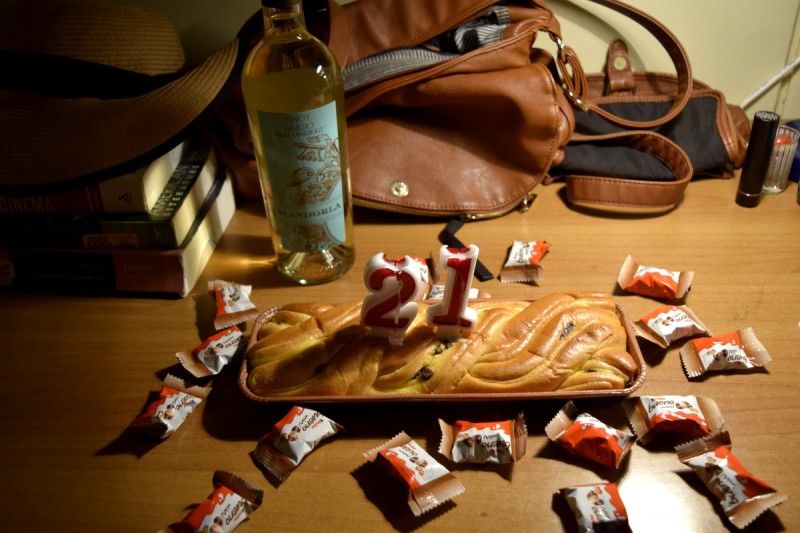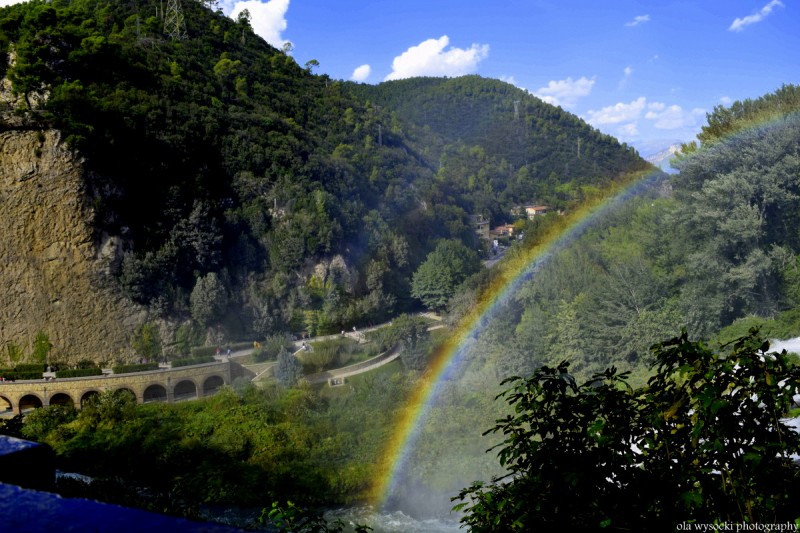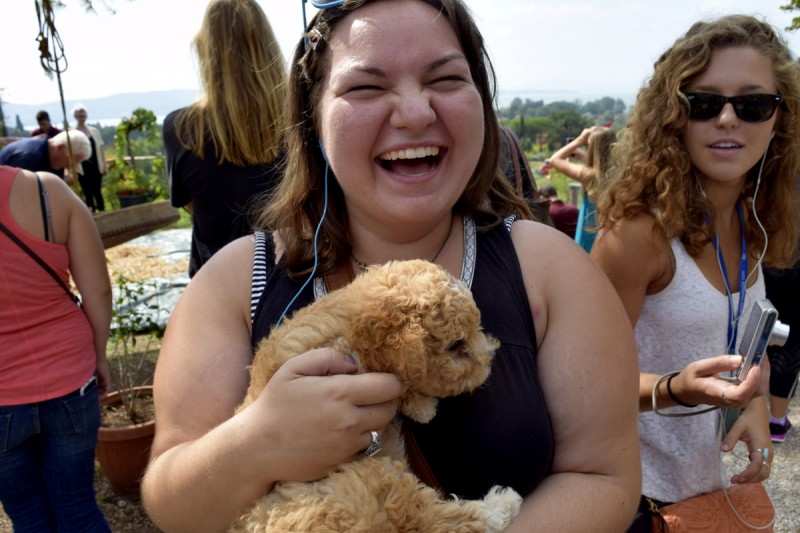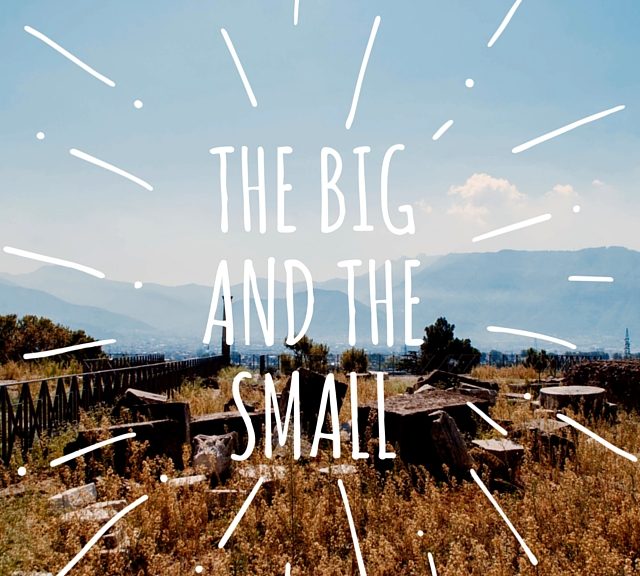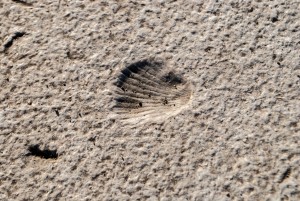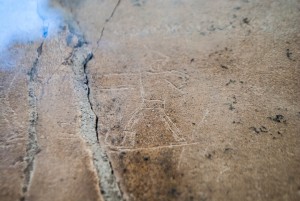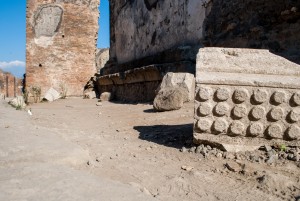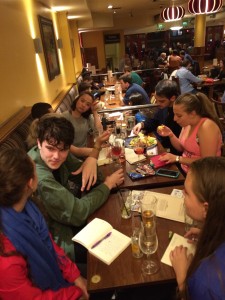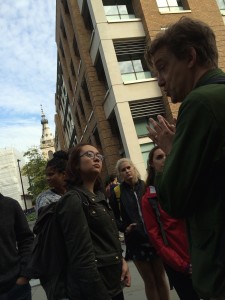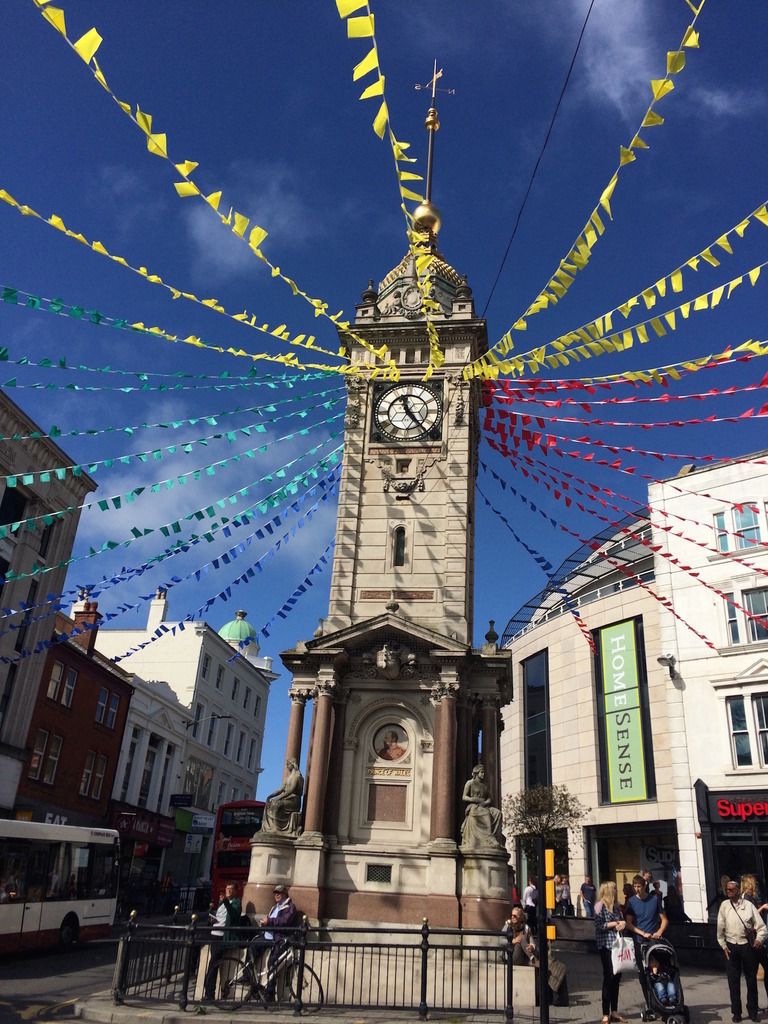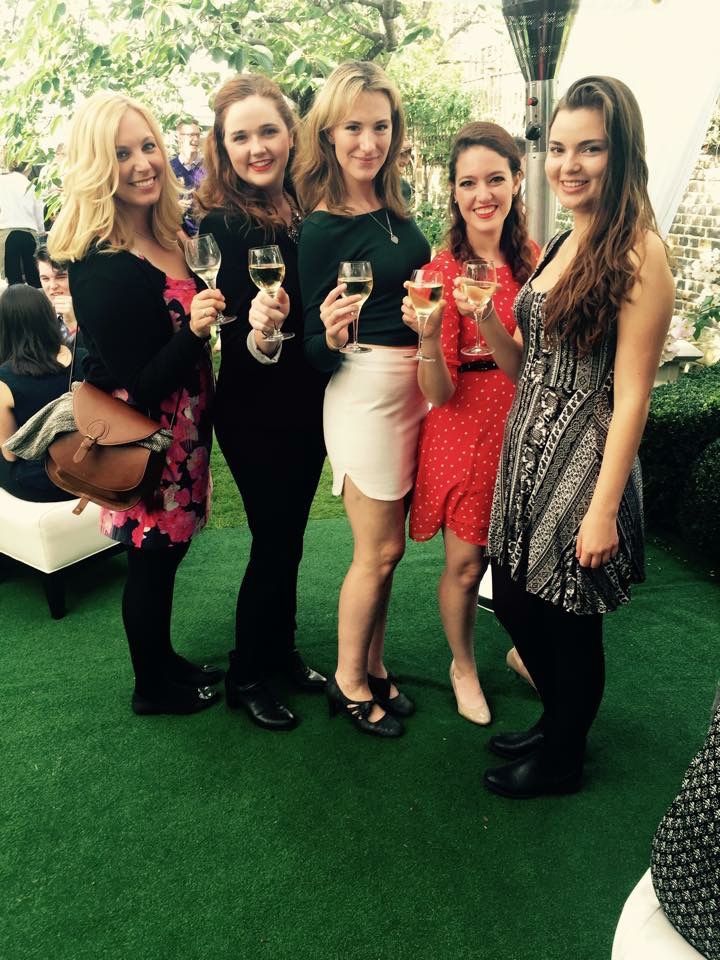Before I launch into a variety of stories, I think it’s important that I add a little note to the beginning of this blog post (I really should add it to all my blogs, and pretty much everything in my life all the time but since that’s unrealistic this will have to do). What I want to do is make a public declaration of how GRATEFUL I am for the literal never-ending love and support that I receive from my wonderful parents, Corinne and Doug. I can honestly say that I absolutely would not be halfway across the world right now having the time of my life if it were not for them. I don’t know a lot (or really any) other kids who can say that their parents have so selflessly supported all their reckless and spontaneous decisions, especially when said decisions involved leaving home to study on the other side of the world four different times. So… THANK YOU MOM AND DAD. Only because of you is any of this possible, and for that I am exceedingly grateful.
Now then… I had big plans for Sunday. Well, not ‘big’ plans. I was going to make some tomato soup and then sit down to write a nice long blog post filled with sarcasm and witty observations. Instead, as I was making the first cut into the onion to put into the soup, I slid a butchers knife straight into my hand and went to the hospital to get 8 stitches instead (although I must say, in my defense I paid the equivalent of $2 for the knife at a Korean dollar store called Daiso. I did not exactly expect to be paying for a quality knife because, seriously, I was expecting a $2 knife to be as dull as a rock). I pride myself on being a good cook, but I like to balance out that talent by doing stupid things like licking food off sharp knives, which is exactly what I was doing the night before I sliced my hand open with another knife from Daiso, so I guess it’s inevitable that something like this was going to happen. Anyways, the silver lining of this whole mess is that I got a first-hand look at the intricacies of the Korean healthcare system:
#1: Healthcare is not free. I mean it sure beats the $700 I would have likely paid if I had sliced my hand open as an uninsured youth in the United States, yet I was expecting the equivalent of the European universal healthcare system. Sadly no. However $70 for 8 stitches is a pretty sweet deal.
#2: Koreans go to the hospital for everything. And I mean everything. Small cut? Hospital. Slight fever? Hospital. Sneezed a few too many times in a row? It could mean immanent death. You guess it. Hospital. As I was waiting to get my hand stitched up, I was sitting next to a four-year-old child whose mother literally brought him to the hospital with a simple bloody nose and was waiting to be seen by the doctor. Which now explains the reason I was initially told I would need to wait 5 hours to get my hand sewn up (they later sent me to a less-crowded, if not lower-grade hospital with a shorter wait).
#3: They err on the side of caution. For a simple stitch job I was given an antibiotic shot beforehand and then was sent home with painkillers (side note: by “painkillers” I assumed they meant a stronger version of ibuprofen. I found out in the middle of my first class, when I nearly wobbled out of my chair, that they had actually prescribed me something closer to oxycontin) and another course of antibiotics. In addition, I was told I need to keep my hand tightly bandaged for two weeks, change the bandage every 2 days, not expose the wound or bandage to water, ect… I mean I know I’m no expert but this seems a bit extreme for a small cut.
#4: Again with the dramatics. Any Korean I have come in contact with (language teacher, grocery store clerk, waitress, ect) has been intensely curious as to how I injured my hand and has proceeded to gasp audibly in shock/horror when I describe the incident. They react as though I am describing how I purposely stuck my hand in a garbage disposal for fun and not just mildly injured myself by my own stupidity. This is funny for many reasons, but primarily because the cut itself is pretty small (but a bit deep- I am a very vigorous onion slicer) so it’s just the bandage that makes the whole injury look exaggerated.
In other news, last weekend the Yon-Ko games were held, in which Yonsei University and Korea University face off in 5 different sporting events (rugby, soccer, hockey, baseball, and basketball). I only attended one of the games (basketball) but that was enough to get a pretty good idea of what Yon-Kon is all about. The first thing I’ll say is that I rarely attend sporting events, but when I do it’s to watch the athletes engage in physical activity. To be honest I usually just show up for the food; it’s rare to find Dippin’ Dots outside of sports arenas in the United States. Point being, when I attend as a spectator I do not expect to be the one getting the workout. However, at the Yon-Ko basketball game I attended, from the second I walked through the door of the stadium it was like entering a beehive; the entire stadium was on its feet engaged in rapid, intricate dance moves, led by the respective Yonsei and Korea University dance teams. The dance teams themselves are a whole other story. The Yonsei dance team was dressed in costumes with elements of both go-go dancers and French Renaissance fashion. They led the crowd in a series of non-stop dances that lasted the entire span of the game. Unlike sporting events in the US, the dancing was not limited to pregame festivities or the halftime show. Rather, for the entire duration of the match, speakers blasted music and the crowd furiously danced, cheered, and managed to watch the game at the same time. The other Korean students were clearly familiar with the dance moves and as such they followed along comfortably with the dance team. My fellow exchange students and I, on the other hand, were totally out of our element, a fact which was made incredibly obvious as we were grouped together in the stands (as part of the “Mentor’s Club” mentioned in previous posts, Korean students paired with exchange students) and our section was the only one that remained awkwardly out of sync with the rest of the stadium. Nonetheless the atmosphere alone was not to be missed. As much as I love Loyola, I will admit that sports are not our strong suit (save for men’s volleyball that one year) therefore it was nice to experience a bit of rabid school spirit.
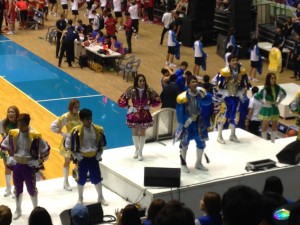
The Yonsei dance team at the Yon-Ko Games
A few weeks ago, on a late Friday night (or early Saturday morning, I should say, as it was nearing 5am), I found myself in a Korean bathhouse (called a 찜질방) which was awesome:
 For a mere 11,000 won (about $10), you can splash around in hot tubs, cold tubs, saunas, cold rooms (humid rooms? I’m getting creative with the names here) and even get a ‘scrub down’ (I opted out) in which a stranger uses a cloth similar to fine sandpaper to, well, scrub you down.
For a mere 11,000 won (about $10), you can splash around in hot tubs, cold tubs, saunas, cold rooms (humid rooms? I’m getting creative with the names here) and even get a ‘scrub down’ (I opted out) in which a stranger uses a cloth similar to fine sandpaper to, well, scrub you down.
 They give you a nifty outfit to wear, not unlike nurses’ scrubs. You are also provided with a ‘towel’ (which is a generous word, because I don’t understand how you are supposed to use a piece of fabric about 6×12 inches to dry your whole body).
They give you a nifty outfit to wear, not unlike nurses’ scrubs. You are also provided with a ‘towel’ (which is a generous word, because I don’t understand how you are supposed to use a piece of fabric about 6×12 inches to dry your whole body).
 Communal bars of soap are provided and widely used by everyone, which I’ve never thought was very sanitary. So far everything in Korea has been up-to-snuff sanitation wise, except when it comes to the practice of using communal bars of soap. In most public restrooms, there is no liquid soap but instead a bar of soap usually attached to the wall by a metal bar for easy access. Puzzling.
Communal bars of soap are provided and widely used by everyone, which I’ve never thought was very sanitary. So far everything in Korea has been up-to-snuff sanitation wise, except when it comes to the practice of using communal bars of soap. In most public restrooms, there is no liquid soap but instead a bar of soap usually attached to the wall by a metal bar for easy access. Puzzling.
 Nudity is the name of the game. This might not be a shocking thing to people outside of North America (as I am told that people go to bathhouses/saunas naked in Northern Europe and elsewhere), but I have never been to a sauna in the United States in which people were not wearing either towels or swimsuits. Obviously it’s strictly separated by gender, but still, communal nudity is not a common occurrence and it definitely takes some getting used to. It’s funny that Koreans dress more conservatively than westerners in public but in private, nudity is not problem yet for westerners, public provocativeness is a non-issue and in private, modesty is more important.
Nudity is the name of the game. This might not be a shocking thing to people outside of North America (as I am told that people go to bathhouses/saunas naked in Northern Europe and elsewhere), but I have never been to a sauna in the United States in which people were not wearing either towels or swimsuits. Obviously it’s strictly separated by gender, but still, communal nudity is not a common occurrence and it definitely takes some getting used to. It’s funny that Koreans dress more conservatively than westerners in public but in private, nudity is not problem yet for westerners, public provocativeness is a non-issue and in private, modesty is more important.
 People go to the bathhouses to sleep. After paddling around for awhile like a drunk duck in the various hot baths, I put on my scrubs and wandered into the communal area to get a drink. Upon opening the door, it looked like I had entered the Jonestown commune. There were bodies sprawled on every inch of the floor, in various states of consciousness. After a night of drinking, if people are unwilling or unable to make it back to their homes (the subway is closed from midnight until 5am), people simply convene in bathhouses (it’s cheaper than a motel and cleaner than the street). You can also sleep inside the actual 120-degree saunas, which are shaped like little clay igloos and are heated by broiling furnaces, but I have yet to discover the health benefits of this behavior besides headaches and dehydration.
People go to the bathhouses to sleep. After paddling around for awhile like a drunk duck in the various hot baths, I put on my scrubs and wandered into the communal area to get a drink. Upon opening the door, it looked like I had entered the Jonestown commune. There were bodies sprawled on every inch of the floor, in various states of consciousness. After a night of drinking, if people are unwilling or unable to make it back to their homes (the subway is closed from midnight until 5am), people simply convene in bathhouses (it’s cheaper than a motel and cleaner than the street). You can also sleep inside the actual 120-degree saunas, which are shaped like little clay igloos and are heated by broiling furnaces, but I have yet to discover the health benefits of this behavior besides headaches and dehydration.
Until next time! Hopefully by then my hand will be healed because right now my left hand is bandaged up like a flipper which makes typing slightly tedious.
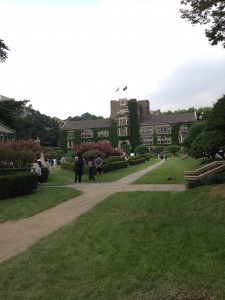
As an awkward afterthought, here is a picture of the older part of the Yonsei campus as I realize that I have shared very few (i.e. none at all) pictures on this blog.
